If you have ever held a Voigtländer camera from the 60s you know that they are quite heavy. This isn’t a bad thing though as the cold metal feels very sturdy in your hands. The Voigländer Bessamatic Deluxe was not cheap. They were high quality cameras and that’s exactly what they feel like.
Before we get into the review, here is my favorite photo shot with the 90mm lense on Kodak Gold 200. All photos in this review are unedited.
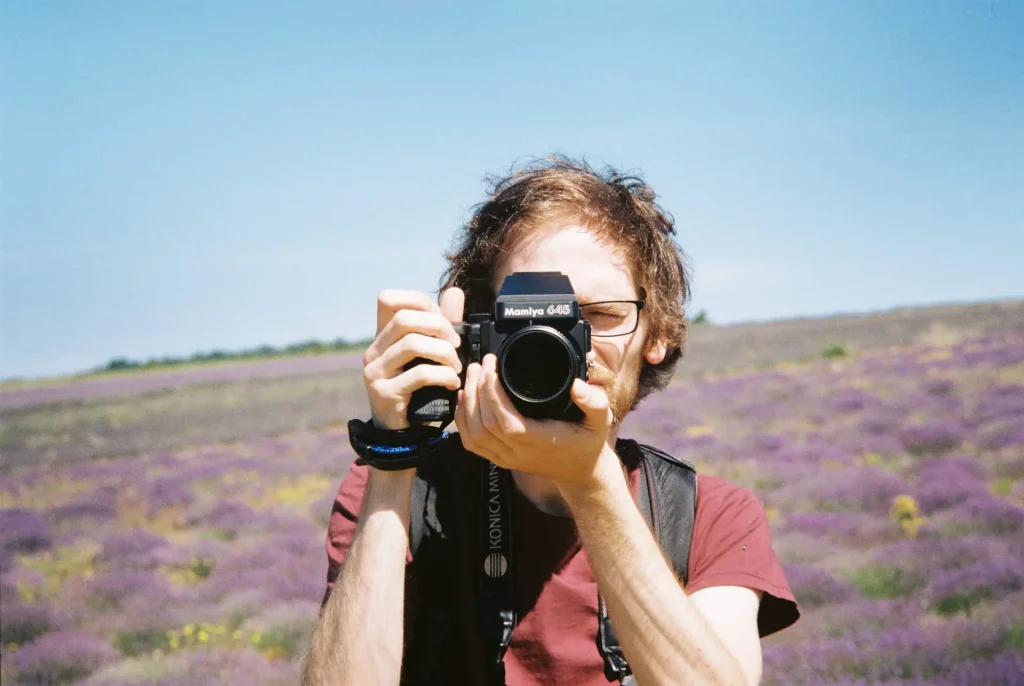
Some Background on the Bessamatic
The first Voigtländer Bessamatic was introduced in 1958. It uses a leaf shutter with shutter speeds ranging from “B” (Bulb mode) to 1/500. The aperture which you can set on the camera ranges from f/2 to f/22 depending on the lens. Lenses are attached with the Voigtländer F. Deckel DKL Mount. The Bessamatic does not have a “quick- return” mirror which means you have to bring the mirror down by winding up the camera before each shot. There is a counter to keep track of the amount of shots you have left and it will automatically reset once you rewind the film.
There are different versions, three of which you can see below. The Bessamatic (left), the Bessamatic DeLuxe (center) which I will be reviewing here, the Bessamatic M and the Bessamatic CS (right). Both the Bessamatic and the slightly improved Bessamatic DeLuxe use a light meter powered by a selenium cell. The readings are visible through the viewfinder. In addition, you can also see your shutter speed and aperture through the viewfinder when using the DeLuxe. The Bessamatic CS has TTL CdS metering which requires a battery, while the cheaper Bessamatic M has no light meter at all. Unlike the other three is also doesn’t have a split image indicator.
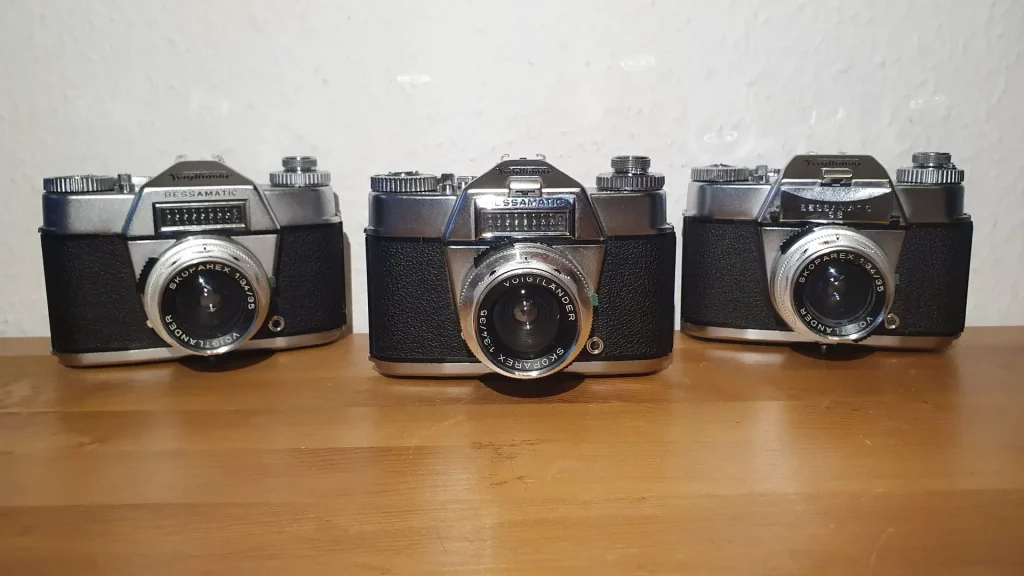
Focus and Depth of Field
I had never worked with a split image viewfinder before, so it took a little getting used to. If you have worked with one before you should have no problem focusing. The viewfinder is bright and clear most of my pictures have been spot on. Only small moving objects such as flowers in the wind can get tricky if you are working with a small aperture as you can see in the picture below. I was trying to focus on the lavender but none of the stands turned out 100% sharp.

Besides the split image viewfinder, the Bessamatic DeLuxe has another great feature when it comes to determining which parts of your image will be sharp. You may know this already if you have worked with other Voigtländer cameras from the same era. All of the lenses (with the exception of the Zoomar) come with two red indicators situated above the focus ring. They move according to your shutter speed and aperture settings and point out within which distance objects will appear sharp. The distance on the focus ring is displayed in both meters and feet.
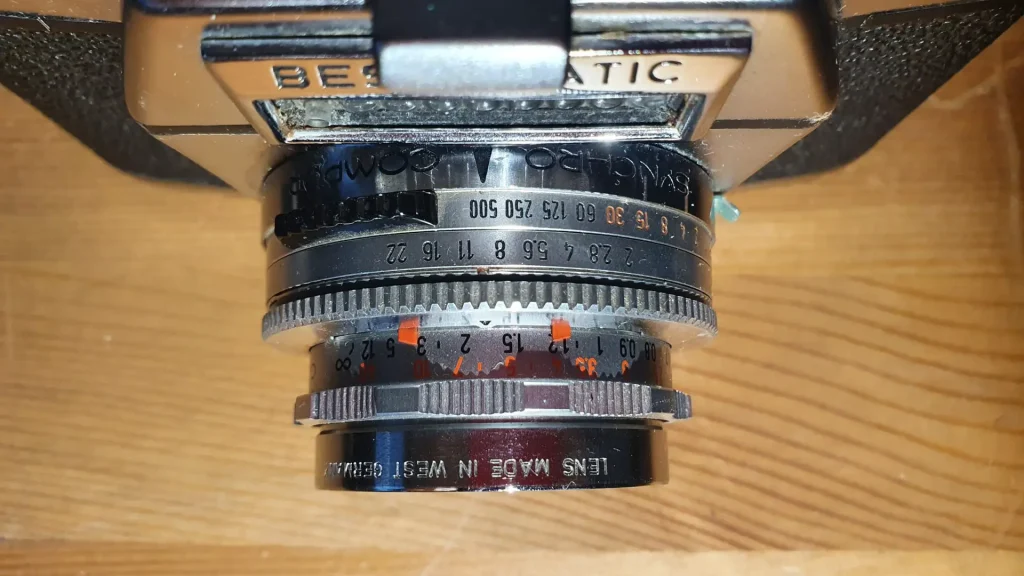
I find this super helpful. In fact, this is the only way I shoot with my smaller Vitomatic I as it has no other indicators. It has always worked very well for me so technically I could probably skip the split image viewfinder altogether. Needless to say, it becomes tricky to guess the distance though if your aperture is very small and it comes down to a few centimetres
Getting the exposure right
One of the first things you will notice when looking at the Bessamatic DeLuxe is that the aperture ring is attached to the body instead of the individual lenses. This has to do with how the exposure is adjusted which is quite different from most other SLR cameras.
The camera is designed in a way that requires you to choose your aperture first. Unlike what you might expect you cannot do so by turning the aperture ring. Instead, you have to use the knob on top of the body on the left-hand side. You can turn the ring to adjust the shutter speed, but the aperture will always change with it. Here is an example: You choose f/5.6 and the speed sits at 1/125. You can now turn the shutter speed to 1/250 and the aperture will automatically move to f/4.
Of course, you can technically choose the shutter speed first, however the mechanism will not allow you to turn the ring past a certain point. Let’s say you took your last picture using f /4 at a speed of 1/60 and you have a f/2.8 lens attached. If you try to set the speed first, the fastest you will get from there is 1/125 because as you turn the ring, the aperture will jump from f/4 to f/2.8 and then can’t go any further than that. You would then have to turn the aperture back using the knob before you can turn the shutter speed ring again.
This also means that you can’t really use the Bessamatic DeLuxe as you would a modern camera with “manual” mode. If there is a certain combination you want, you might have to switch back and forth between turning the knob and the aperture ring a few times. It also makes working with an external light meter a little annoying. If you are working with the build in selenium meter however it gets quite natural soon apart from having to take your hand of the lens.
Through the viewfinder you can see a small circle, as well as a needle which moves up and down depending on the lighting. When you adjust the aperture, the circle moves accordingly and has to be matched up with the needle (see picture below). Again, you are clearly meant to adjust the aperture first. The circle will of course not move when you change the shutter speed, given that the changing combinations of speed and aperture provide the same amount of light.
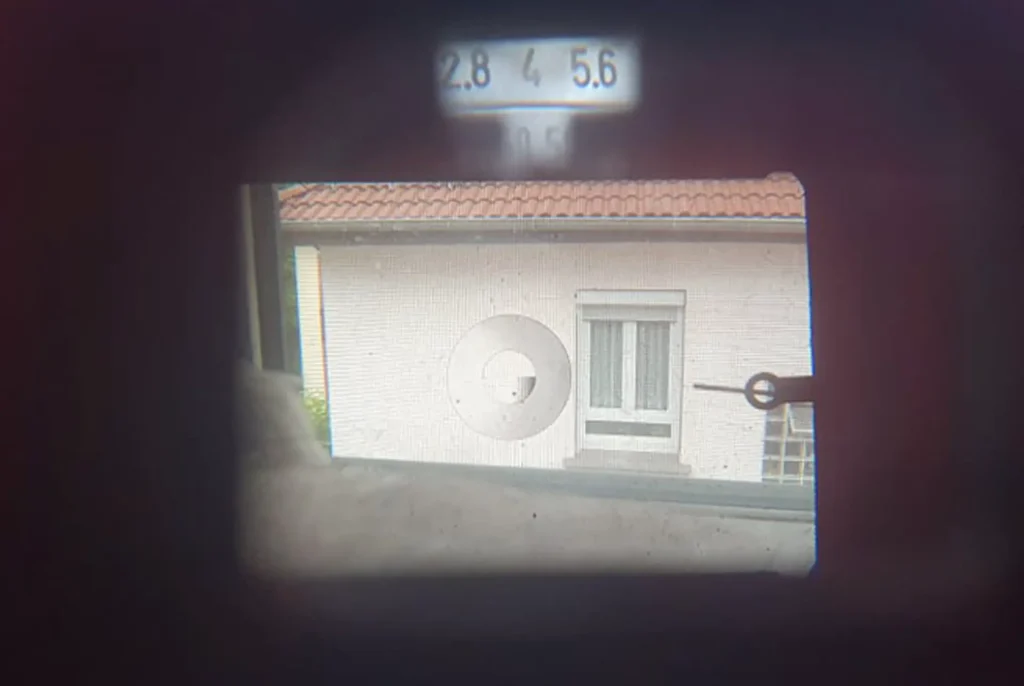
I personally find the mechanism takes some getting used to and feels a little strange at first. Before I read the manual, I even thought something was broken because I couldn’t get to each speed. But once you understand how it works, I guess it depends on personal preference whether it is a benefit or a flaw. I would prefer not having to take my hand of the lens to turn the knob. At the same time, I find it practical, that once the exposure is set, I have all possible aperture and shutter speed combinations available. I always work with the internal light meter so I don’t miss a “manual” mode
The Issue with Selenium Meters
I love that I can grab my Bessamatic DeLuxe and go, no charging or batteries needed. This is definitely a benefit of the selenium meter. Unfortunately, these meters can lose accuracy over time as they tend to weaken, especially if they were constantly exposed to light (e.g. sitting in a display case). If you own a camera like this make sure to keep the selenium cell covered when not in use. If you are looking to buy one, you might want to bring another camera a long that has a functioning light meter, to double check the readings. Voigtländer did build in a screw to adjust the meter, but it is not easily accessible – therefore this is a job for professionals. You can no longer get replacement for these meters.
The meter on my Bessamatic DeLuxe is weak as well. My work around was adjusting the ISO on the camera. Since I only shoot negative films this has worked great for me. When shooting Kodak 200 my ISO is set to 50. As you will see with the pictures below, I get great photos out of it this way. Some are a little too bright but easy to fix with lightroom. Therefore I have not been willing to risk sending it in just jet. I probably wouldn’t shoot positive films with it though. I have another Voigtländer (Vitomatic I, viewfinder camera) and can say that you can set the exposure pretty accurately if the meter works properly.
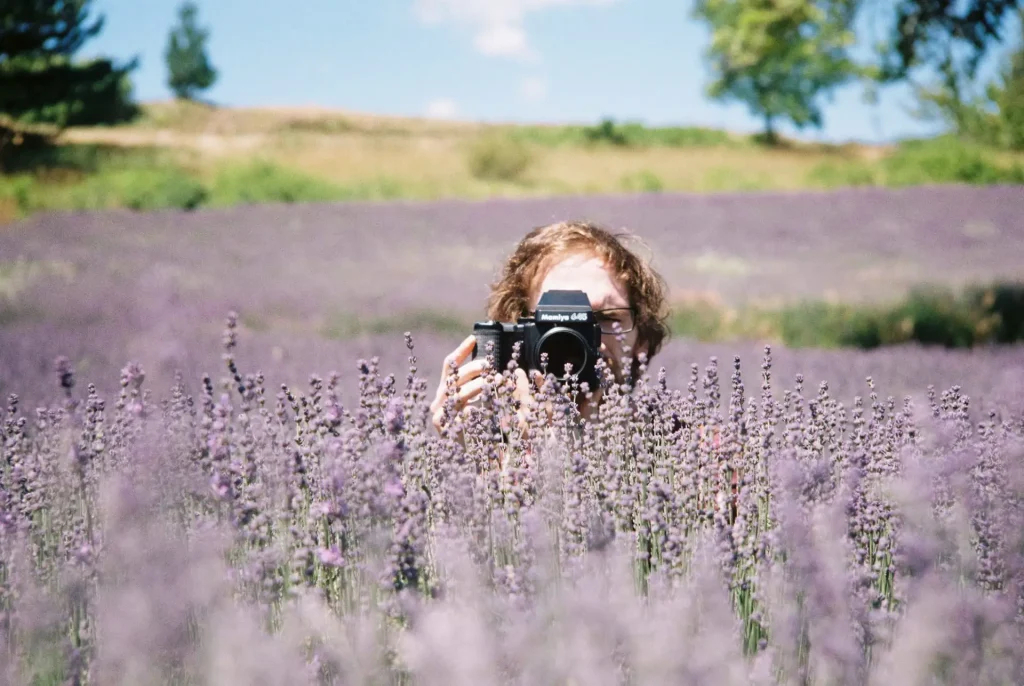
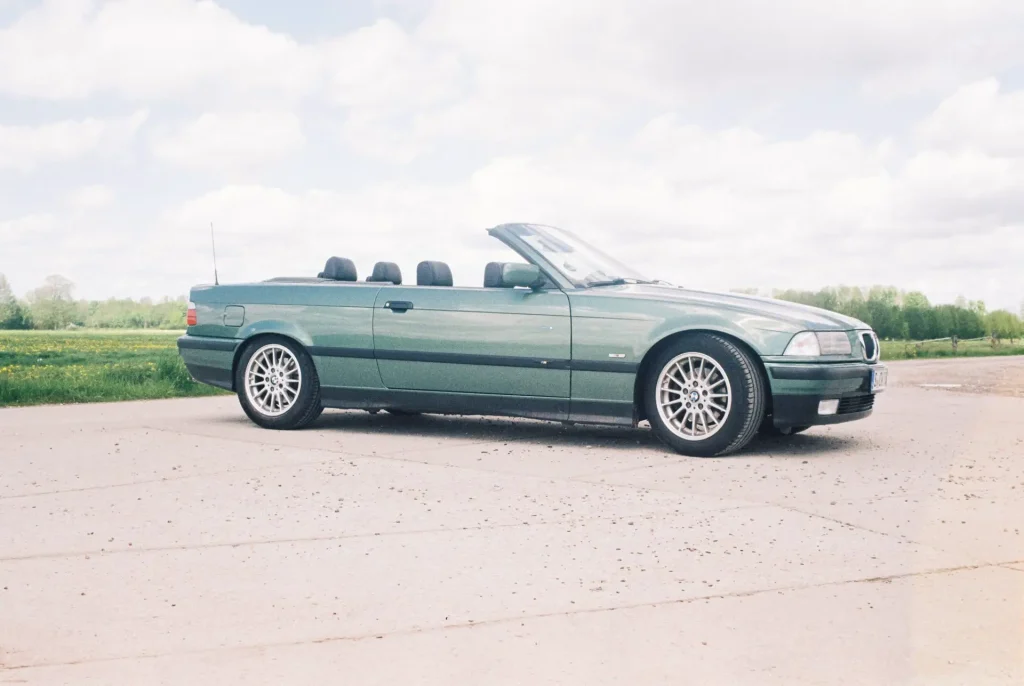
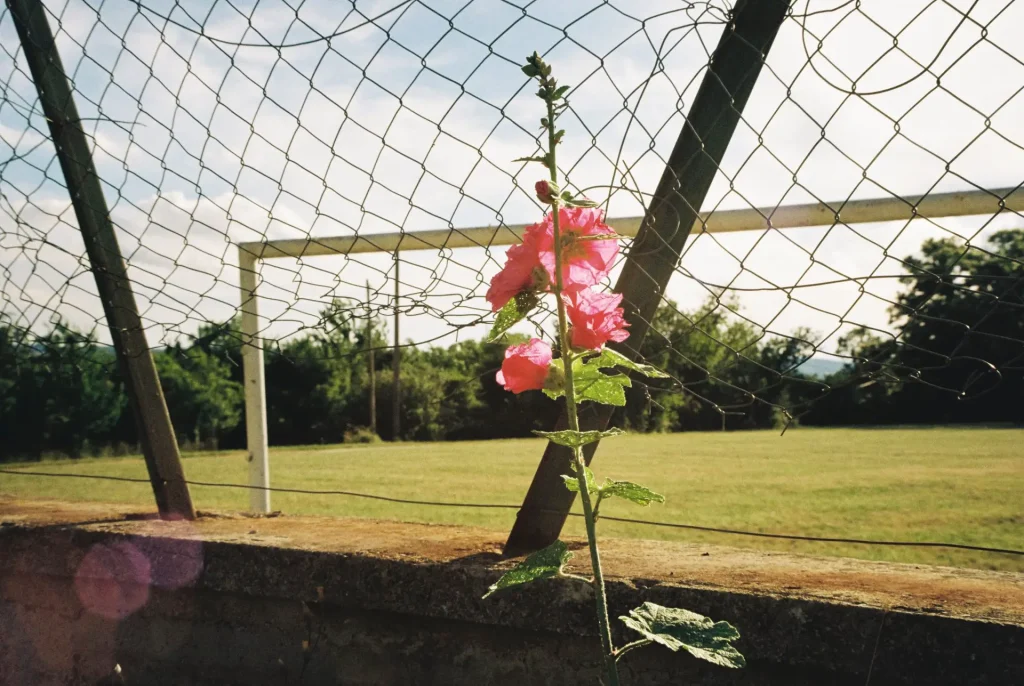
Final Thoughts and Recommendations
All in all, I am very happy with my Bessamatic DeLuxe. The pictures come out clean and sharp and there is just something about that heavy, silver body that makes is feel so reliable. There is a good variety of lenses available and most of them are surprisingly small. One particularly interesting one is the Voigtländer Zoomar (36–82mm) which was the first ever zoom lens for 35mm cameras. It is not that easy to find and can be quite expensive, but I absolutely love using it, despite it being very heavy. Here are some pictures I took with that lens.

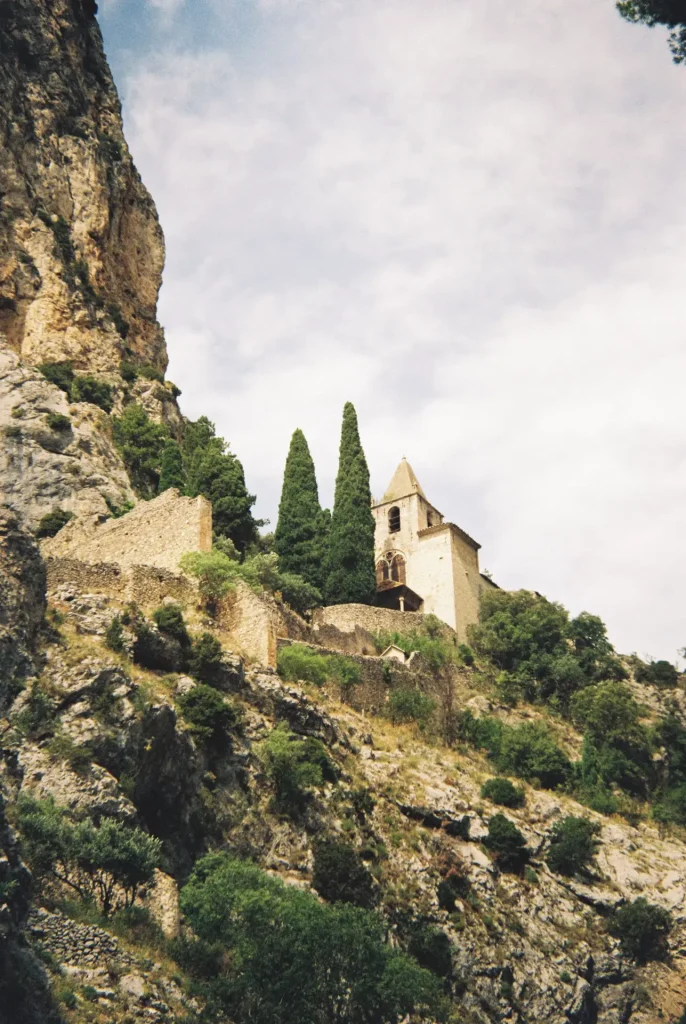
In the end this camera is sentimental to me so I will always appreciate its quirks. My Voigtländer Vitomatic 1 belonged to my grandpa, this Bessamatic DeLuxe belonged to his best friend. He promised it to me at my grandpas funeral and passed away just three months later.
Besides the weak meter I got really lucky with my Bessamatic DeLuxe as it has no major problems. Bessamatics are quite complicated. This is why after over 60 years they still produce great photos. But it also means they are hard to fix if something breaks. If you are looking to buy one make sure you do some research first. This way, you will know how to spot some of the hard to fix flaws first. There is good place to start here.
Another piece of advice: Be gentle. Don’t push past the exposure mechanism and watch your shot count. My first film ripped because I wound the camera up one to many times. To avoid this, make sure to stop once the counter reaches zero.
Feel free to contact me or comment below if you have any question regarding the Bessamatic. You can find more photos on my Instagram @maddy_mercury.
Share this post:
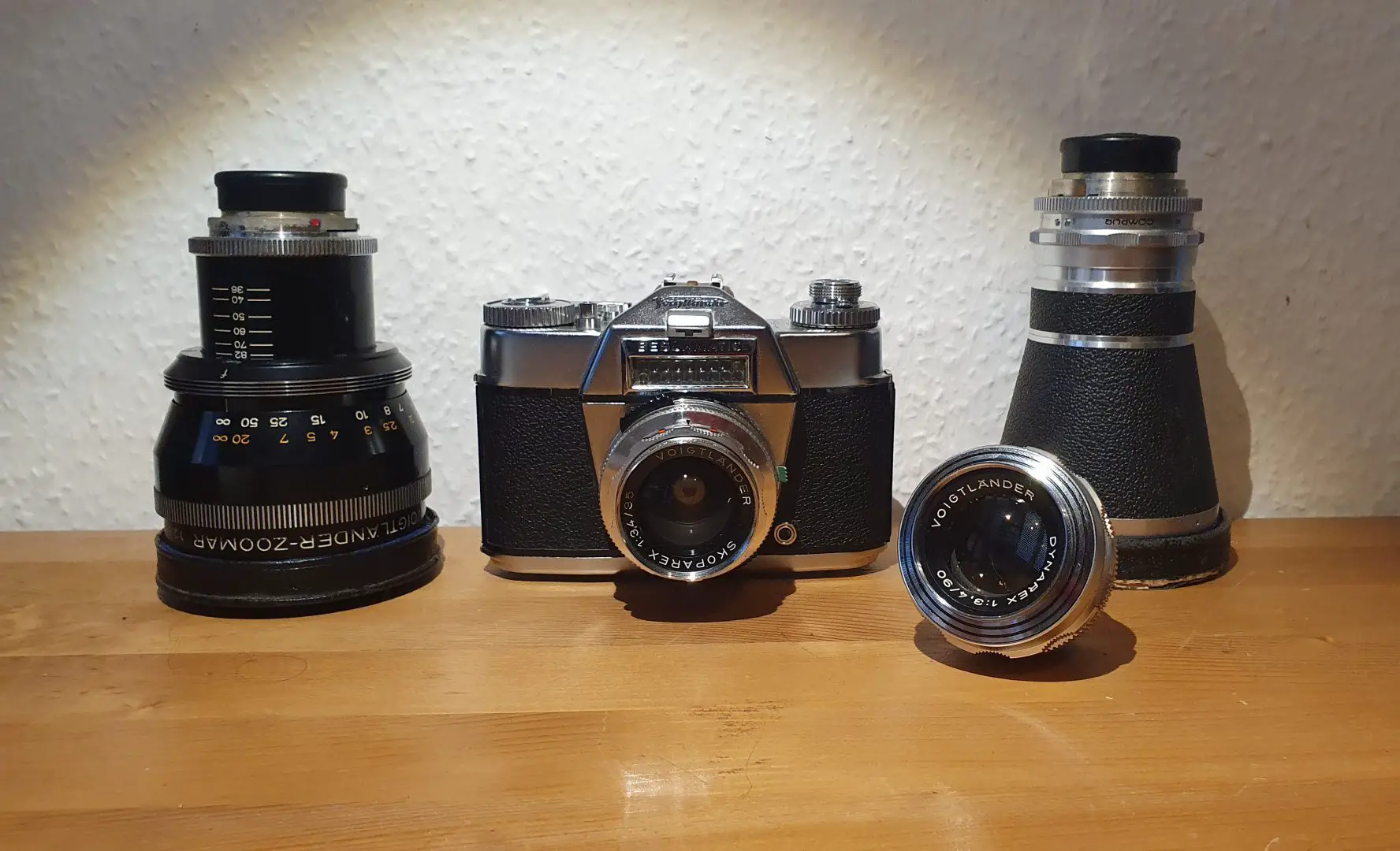








Comments
Kodachromeguy on Voigtländer Bessamatic DeLuxe Review – Best of the 60s – By Madeleina Schwantes
Comment posted: 07/09/2021
Comment posted: 07/09/2021
Peter Roberts on Voigtländer Bessamatic DeLuxe Review – Best of the 60s – By Madeleina Schwantes
Comment posted: 07/09/2021
Interesting that you used Kodak Gold. Was that from choice? In spite of it being sometimes dismissed as a mere "consumer" film by Portra snobs I like it very much. To my mind at least, it produces almost retro looking images. It certainly went well with those Voigtländer lenses.
Comment posted: 07/09/2021
NigelH on Voigtländer Bessamatic DeLuxe Review – Best of the 60s – By Madeleina Schwantes
Comment posted: 10/09/2021
Thanks for your detailed review
Comment posted: 10/09/2021
Comment posted: 10/09/2021
Comment posted: 10/09/2021
Comment posted: 10/09/2021
Comment posted: 10/09/2021
William Nyilas on Voigtländer Bessamatic DeLuxe Review – Best of the 60s – By Madeleina Schwantes
Comment posted: 11/09/2021
My only issue of your review of the Bessamatic Deluxe is that you didn't take photos with the two very common lenses (the 35mm and 135mm lenses) , and even the 50mm Skopar - lenses that I'm sure most Bessamatic owners/users have and use much of the time. Very few users have the Zoomar lens in their lens arsenal, but it was good to see a few shots taken with that lens,
Overall I was very pleased with your review of the Voigtländer Bessamatic Deluxe SLR. The Bessamatic SLR's are fine, precision made German cameras and lenses that take suerb, top quality photos. To me they are works of art.
Comment posted: 11/09/2021
Comment posted: 11/09/2021
Daniel on Voigtländer Bessamatic DeLuxe Review – Best of the 60s – By Madeleina Schwantes
Comment posted: 13/09/2021
Rol_Lei Nut on Voigtländer Bessamatic DeLuxe Review – Best of the 60s – By Madeleina Schwantes
Comment posted: 13/09/2021
I loved the build of the Bessamatic. The lenses were very good (especially the 90mm) but very prone to flare.
Available lenses were pretty limited: 35mm was the widest, unless you started filing metal off the nearly compatible Retina Schneider 28mm.
At the long end, the 135mm could only focus down to 4 meters (IIRC) and the rare and expensive 200mm which could only focus down to 8 meters. There is also a 350mm, which has a "close" focus distance of something like 20 (or 30?) meters! The limited close focusing ability, along with the fairly slow lenses, is a technical consequence of the Deckel leaf shutter used: the lens' light path had to go through the very narrow shutter opening. This construction (and limitation) was shared by a number of contemporary German cameras which also used the Deckel shutter (Retina Reflex & IIIS, as well as a number of smaller brands). The lenses used by these different cameras basically have an identical mount, with the addition of a small extra flange to make each "proprietary". These flanges can be filed off and the lenses will be fully functional on the Bessamatic (including the Schneider & Rodenstock lenses made for the Retinas). Though I think none of them are actually any better than the Voigtländer lenses, apart from the 28mm which doesn't exist natively. The Voigtländer 90mm is MUCH better than the Retina's 85mm.
Getting the top cover off in order to access the meter pots (and to clean out the viewfinder "dust" caused by a disintegrating foam bumper- a common problem) is actually fairly easy, if you can use the proper screwdrivers gently. The assembly is very well engineered and I was surprised at how easy access was.
While I enjoyed the Bessamatic, I eventually moved on to better users (Leica M & Leicaflex) , which are really much more practical, despite being more or less the same age .
Film Friday: Reviewing the 60-year-old Voigtlander Bessamatic Deluxe: Digital Photography Review on Voigtländer Bessamatic DeLuxe Review – Best of the 60s – By Madeleina Schwantes
Comment posted: 14/09/2021
Stephan on Voigtländer Bessamatic DeLuxe Review – Best of the 60s – By Madeleina Schwantes
Comment posted: 20/09/2021
Comment posted: 20/09/2021